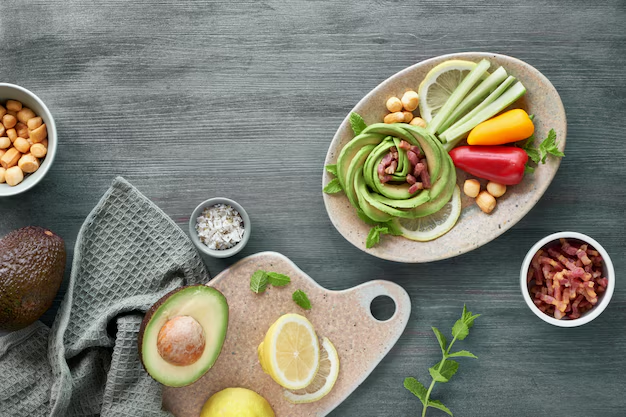Is Brown Rice a Good Choice for Diabetics? Here's What You Need to Know
For individuals managing diabetes, dietary choices significantly impact blood sugar levels. Brown rice often surfaces in discussions about healthy eating, but is it truly suitable for diabetics? Let’s explore its place in a diabetic-friendly diet by weighing its benefits and potential drawbacks.
Benefits of Brown Rice for Diabetics
Nutritional Advantages: Brown rice is a whole grain, which means it is less processed and retains more nutrients than its white rice counterpart. It contains more fiber, vitamins, and minerals, which can contribute to a slower and more controlled release of glucose into the bloodstream. This aspect makes it a more favorable option for those looking to manage blood sugar levels effectively.
Lower Glycemic Index: Brown rice generally has a lower glycemic index (GI) compared to white rice. Foods with a low GI are digested and absorbed more slowly, resulting in a gradual rise in blood sugar levels—exactly what diabetics are encouraged to aim for in their diets.
Helps in Weight Management: Including brown rice as part of a balanced diet can help with weight management, a critical aspect in diabetes care. Maintaining a healthy weight can improve insulin sensitivity and blood sugar control.
Precautions When Consuming Brown Rice
Portion Control is Key: While brown rice is healthier than white rice, it still contains carbohydrates that can impact blood sugar levels. Diabetics should be mindful of portion sizes and balance their meals with adequate protein and healthy fats.
Arsenic Content: Like other rice varieties, brown rice can contain trace amounts of arsenic, which can accumulate over time. It’s important to vary grains in your diet and include options such as quinoa or barley to mitigate this risk.
Lifestyle and Dietary Considerations
- Monitor Blood Sugar Levels: Regular monitoring can help you understand how brown rice affects your glucose levels, allowing you to make informed dietary choices.
- Pair with Protein and Vegetables: Complementing brown rice with lean proteins and non-starchy vegetables can create a balanced meal that supports stable blood sugar levels.
Beyond Diet: Exploring Financial and Educational Resources
Managing diabetes involves lifestyle adjustments, including healthcare visits and medications, which can be financially burdensome. Here are a few resources that may alleviate some of the financial stress and provide educational opportunities:
Government Aid Programs: Many countries offer healthcare assistance programs specifically designed to support individuals with chronic conditions like diabetes. These can include subsidized medications, access to dieticians, and fitness programs.
Financial Assistance for Education: If you're interested in learning more about nutrition or healthcare management, educational grants and scholarships can provide financial support to further your studies, leading to improved self-management skills.
Debt Relief Options: If medical expenses have accumulated, exploring debt consolidation or relief programs can help ease the financial strain.
Credit Card Solutions: Some credit cards offer special rewards or cashback on medical expenses, which can reduce the overall cost burden of managing diabetes.
Navigating diabetes is a multifaceted journey, requiring informed dietary choices and the exploration of financial aids to manage associated costs effectively. Though brown rice is a healthy choice, balancing it with proper lifestyle practices can lead to better management of the condition.
Resources and Assistance Options 📋
- 💸 Government Healthcare Programs: Subsidized medical assistance for diabetes care.
- 🎓 Educational Grants: Financial aid for nutrition and healthcare courses.
- 🔄 Debt Relief Programs: Solutions for managing medical-related debts.
- 💳 Credit Card Perks: Cards offering cashback on health expenses.
